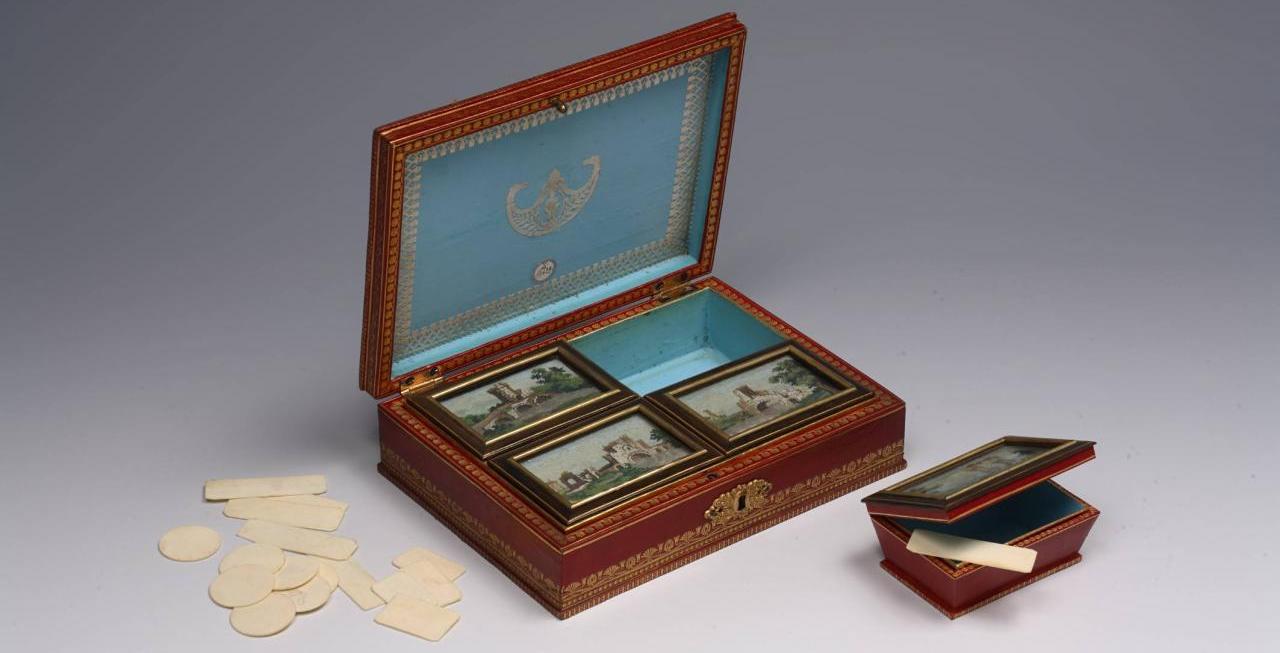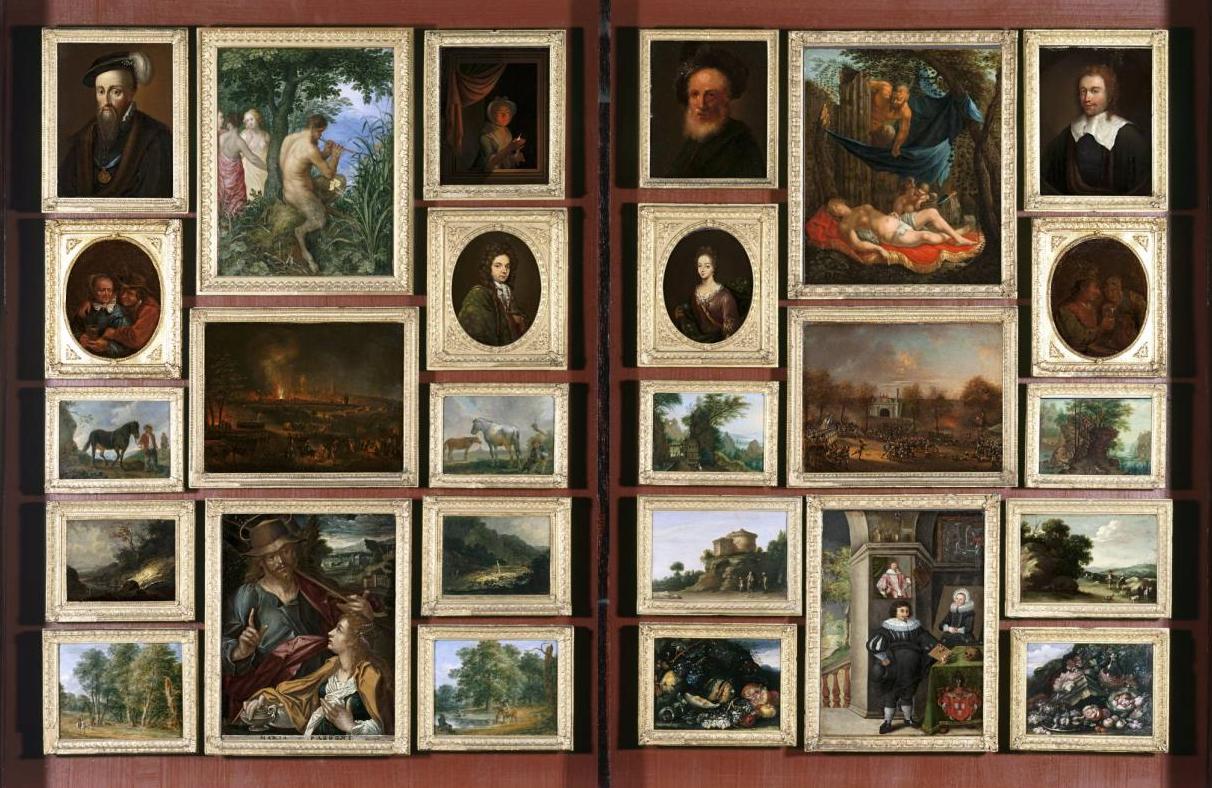
Collection – Toys, children’s and youth culture
As well as functions as learning toys or as an aid for practicing gender roles, the pieces also represent the respective social eras. Objects such as shops, building and construction kits, (technical) models, miniature vehicles, model trains, children’s vehicles, playhouses and toy animals, dolls, doll’s houses and kitchens, board games, metal and wooden toys or optical toys tell the story of the arising mechanisation of society as well as the differentiation of socio-cultural life. Most of the objects stem from middle-class and rather wealthy households. Some of the objects were manufactured neither serially nor industrially: the individual pieces which were manufactured according to the families’ own visions convey contemporary aesthetic visions.
Toys from times of war and need
The toys from times of war and need is a special feature of the collection. Children’s worlds of play during the war and the post-war period are rarely documented; self-manufactured toys can hardly be found anymore. Thanks to the support of the Koebe Foundation in 2009, the museum was able to acquire a rare toy collection which describes childhood in Germany during and after the Second World War.Walter collection
The “Walter” collection found its way to the museum in the 1980s. The biographical estate documents childhood and youth during National Socialism in Frankfurt. This also includes war toys such as armoured cruisers or Elastolin figurines. The estate was part of a larger research project on youth during National Socialism and is partially exhibited in “Frankfurt Then?”.
Present

